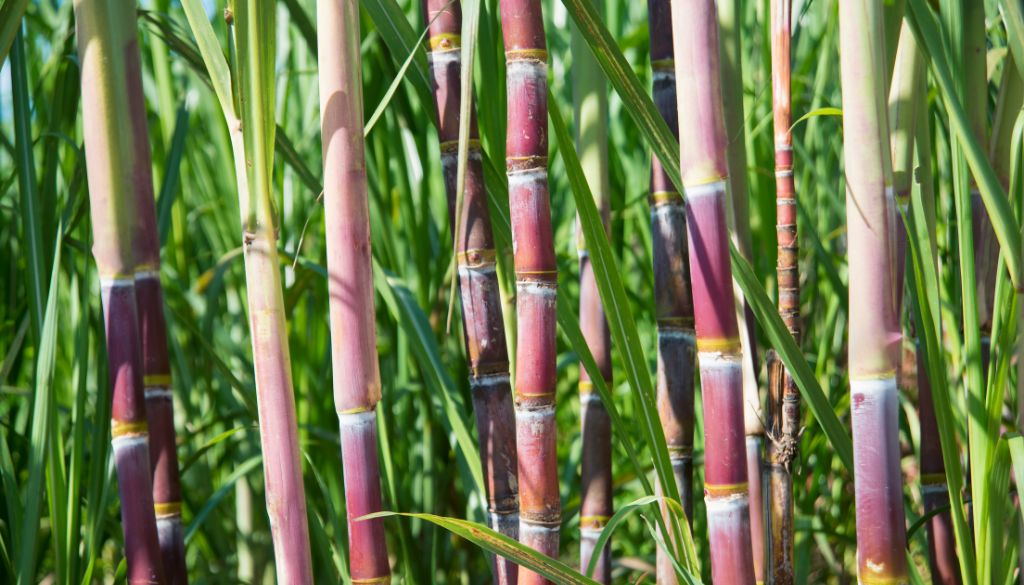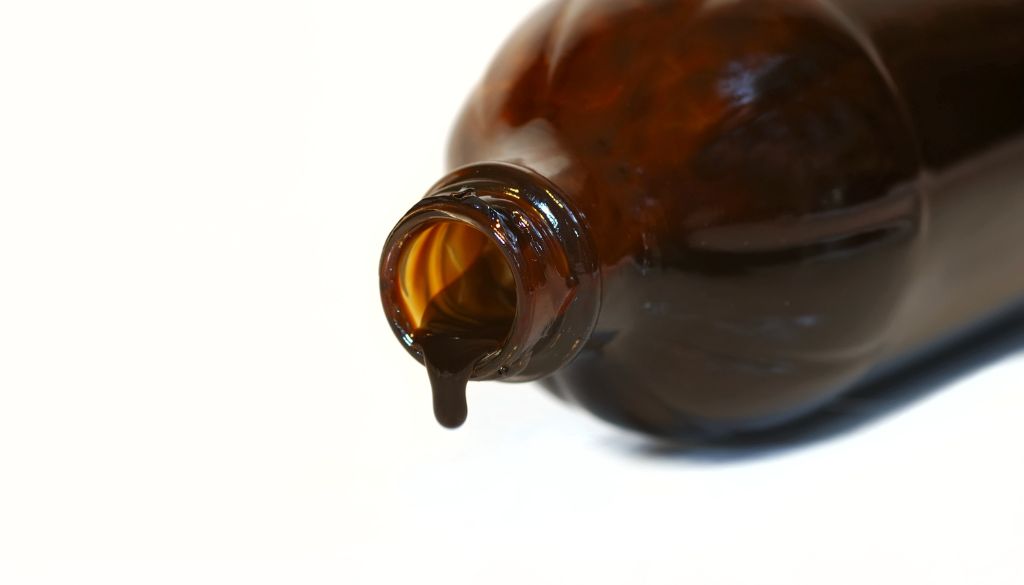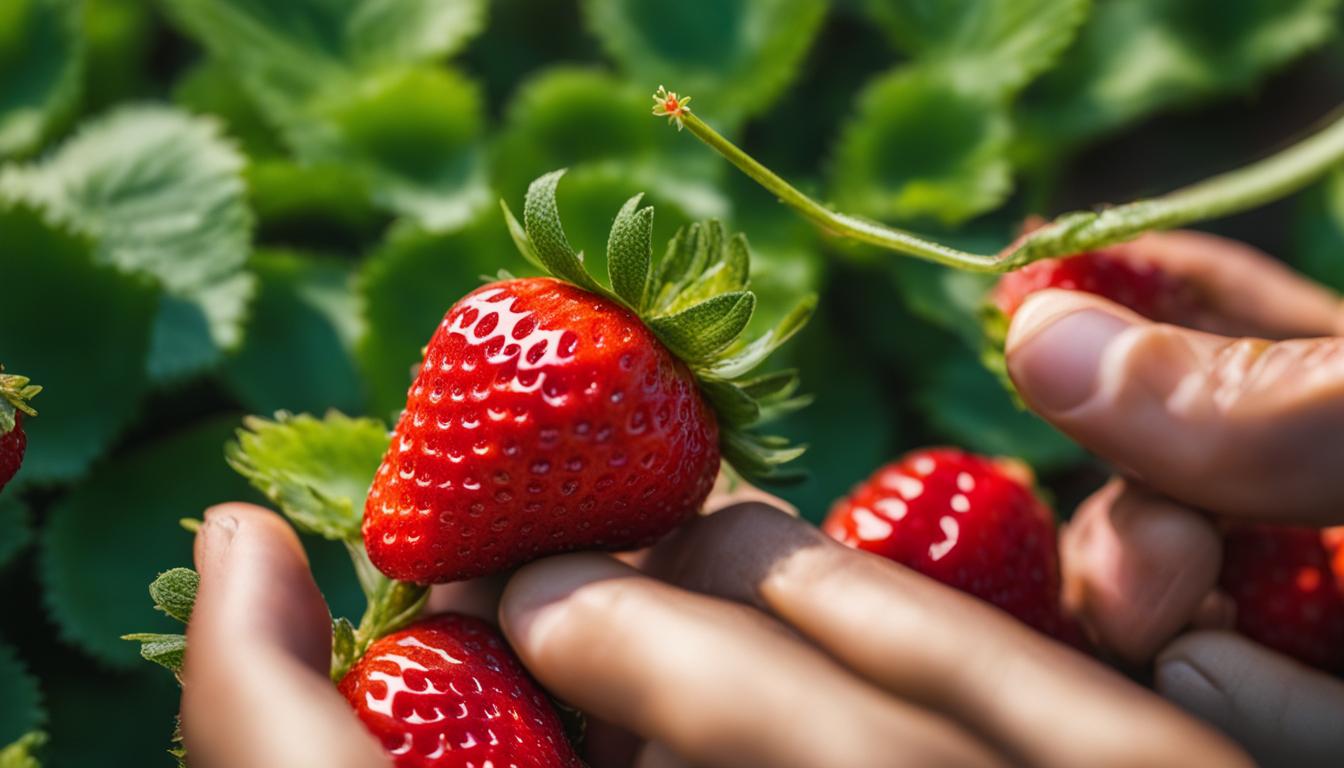Hello friends! Today we're going to talk about a sweet that is typical of Brazil: molasses! This ingredient is so versatile and tasty that it could not be forgotten in Brazilian cuisine. Furthermore, it is also beneficial for your health! Let's find out more about this delicious product together?

Índice
Melado: Discover the Secrets and Benefits of this Brazilian Sweet
Main Conclusions
- Melado is a traditional Brazilian sweet made from sugarcane juice or molasses.
- It is naturally sweet and has a dark color due to the presence of molasses.
- Molasses is a healthier alternative to refined sugar due to its high nutrient content, such as iron and calcium.
- It has a unique flavor and can be used in various recipes, both sweet and savory.
- In addition to being delicious, molasses also has antioxidant properties and can be used in home remedies to treat sore throats and improve digestion.
What is molasses?
Melado is a traditional Brazilian sweet made from sugar cane juice. It is a type of sweet, thick syrup that is often used in Brazilian cuisine to add flavor and moisture to breads, cakes, cookies and other sweets. Molasses has a sticky, viscous texture, dark color and rich, slightly bitter flavor.
Molasses is made by cooking sugar cane juice. The natural sugar present in sugar cane is concentrated during cooking, creating a thick, sweet syrup. As a result, molasses is healthier than refined sugar because it retains many of the nutrients found in sugar cane, such as iron, calcium and potassium.
Molasses is often compared to brown sugar, as both are produced from sugarcane juice. However, molasses is darker and has a stronger flavor than brown sugar.
In short, molasses is a delicious and nutritious Brazilian sweet made from sugar cane juice. It's a versatile ingredient that can be used in a variety of recipes to add flavor and moisture, as well as being a healthier alternative to refined sugar. In the next topics, we will explore the secrets and benefits of molasses in more depth.
Learn about the most Brazilian sweet of all!
If you don’t already know it, I’ll introduce you to molasses – the most Brazilian sweet of all! Molasses is a type of syrup made by boiling sugar cane juice or boiling the rapadura itself.
The molasses has an unparalleled flavor, with a touch of caramel and a slight bitterness. It is naturally sweet and has a dark color due to the presence of rapadura.
One of the advantages of molasses is that it is a healthier alternative to refined sugar. As it is made from sugar cane, it is rich in nutrients, such as calcium and iron, in addition to having a low glycemic index.
Therefore, molasses is a versatile ingredient widely used in Brazilian cuisine, in various sweet and savory dishes. Do you want to learn more about the production, flavor secrets and nutritional benefits of molasses? So keep reading this article!

“Moleado is a versatile ingredient that is widely used in Brazilian cuisine, in a variety of sweet and savory dishes.”
The Secrets of Molasses Flavor
Molasses is an essential ingredient in Brazilian cuisine, bringing a unique and unforgettable flavor to many traditional recipes. Its deep and rich taste is one of the best kept secrets of national gastronomy. With a light touch of caramel and a mild aroma of molasses, molasses is the perfect ingredient for those who want to add flavor and personality to their recipes.
Have you ever tried a warm molasses bread with a cup of coffee? If not yet, you don't know what you're missing! Molasses is an essential ingredient in many Brazilian desserts, such as molasses cake and hominy. But does not stop there! The use of molasses in Brazilian cuisine is versatile and can be found in savory dishes, such as tropeiro beans and pork ribs.
A tip to intensify the flavor of molasses is to combine it with ingredients that enhance its characteristics, such as coffee, orange, cinnamon and cloves. These combinations result in delicious desserts and main dishes that will surprise everyone's taste buds.
| Recipe: Melado Brigadeiro |
|---|
| Ingredients: |
| - 1 can of condensed milk – 1 tablespoon of unsalted butter – 1/4 cup molasses – Sprinkles for rolling |
| Method of preparation: |
| In a pan, mix the condensed milk, butter and molasses. Cook over medium heat, stirring constantly, until the mixture starts to come away from the bottom of the pan. Pour into a greased dish and let it cool. Roll into balls and pass through the sprinkles. Serve immediately. |
Molasses is an ingredient with a lot of personality and is capable of transforming any recipe. Don't be afraid to try it in new combinations and discover new flavors! Your taste buds – and your guests – will certainly thank you.

Nutritional Benefits of Molasses
If you're looking for a healthier alternative to refined sugar, molasses could be the perfect choice. In addition to adding a unique flavor to your recipes, molasses is a natural source of essential nutrients.
Molasses is made from sugarcane juice or the mixture of sugar and water that remains after extracting refined sugar. Because it does not go through the same refinement processes as white sugar, molasses retains many of the nutrients present in sugar cane.
Among the nutrients found in molasses are iron, magnesium, potassium and calcium, which contribute to the maintenance of bone, muscle and nervous health. Additionally, molasses has a lower glycemic index than refined sugar, which means it doesn't cause blood sugar spikes.
Have you ever imagined that a sweet treat could be so good for your health? With molasses, you can satisfy your sugar craving and still bring benefits to your body.
An interesting fact is that, in the 1920s, molasses was widely used as a nutritional supplement for school-age children. It was added to milk as a way to increase its nutritional value. Today, molasses can be found in supermarkets, fairs and natural product stores.
Molasses and health
In addition to being delicious, molasses also has benefits for our health. It is a natural source of essential nutrients such as iron, calcium, potassium and magnesium. This makes it a healthier option than refined sugar, which is low in nutrients.
Additionally, molasses has antioxidant and anti-inflammatory properties, which can help prevent disease and promote general well-being. For these reasons, the molasses It is a great option for those who want to take care of their health in a more natural way.
In Brazilian culture, molasses is also known for its medicinal properties. It is traditionally used to treat problems such as sore throat and to improve digestion. Therefore, in addition to being a tasty ingredient, molasses can also help alleviate some symptoms of everyday discomfort.

Fun fact: Did you know that molasses has already been used to treat burns?
Molasses in Brazilian cuisine
And now, let's talk about the most delicious part of this article: the recipes! It's no secret that molasses has a special place in Brazilian cuisine, and I couldn't help but highlight some of the most famous recipes.
| Dish | Description |
|---|---|
| Molasses bread | A classic for June festivals, this recipe consists of a molasses cake filled with dulce de leche and covered with chocolate. Did your mouth water? Try this easy recipe. |
| molasses cake | This cake is a true explosion of flavors, with an extra touch of cinnamon and cloves. It is even tastier when served with a scoop of ice cream. Try this recipe. |
| hominy | Canjica is a typical June festival dish, and molasses is the key ingredient to make it sweet and tasty. For an extra touch, try adding peanuts or grated coconut. Learn how to make hominy with molasses. |
And these are just some of the many recipes that use molasses in Brazilian cuisine! You can also try adding molasses to cakes, cookies, pies and more. The sky is the limit!
Molasses cake to make anyone's mouth water!
Molasses buying and storage tips
Do you already have your mouth watering to try molasses? So let's talk about how to buy and store this sweet treasure.
When buying molasses, choose organic or artisanal options. This way, you guarantee a quality product without artificial preservatives.
Store the molasses in a tightly closed container in a cool, dry place. If it is exposed to air for a long time, it may end up crystallizing and losing its creamy texture.
| Validity | Signs that molasses has gone bad |
|---|---|
| 6 months to 1 year depending on storage conditions | Strong or rancid odor, presence of mold or hard crystals on the surface |
As molasses is a natural product, separation of liquids or granules may occur, but this does not mean it has gone bad. Just mix it well before using to regain its creamy texture.
Now that you know how to choose and store molasses, let's get your hands dirty and try all the delights that this Brazilian delicacy can offer!
Curiosities about molasses
If you thought you already knew everything about molasses, prepare to be surprised by some curiosities interesting information about this delicious Brazilian sweet.
Did you know that molasses was once used as currency in the 19th century? That's right, in some regions of Brazil, it was so valued that it was exchanged for other products.
Another interesting fact is that molasses has also been used as medicine. This is because it is rich in essential nutrients and minerals for our body, such as iron and calcium, which help to strengthen the body.
And if you're a history fan, you'll be pleased to know that molasses was very important for the economy of colonial Brazil. At the time, sugar was one of the most valuable products and molasses was a byproduct of sugar production. It was used as food for slaves and also for the production of cachaça.
But molasses is not only important from a historical and cultural point of view. It also plays an important role in preserving the environment, as molasses production is a way of using sugarcane bagasse, which would otherwise be discarded.
Ultimately, molasses is much more than a simple Brazilian sweet. It is part of our history, culture and tradition, as well as being a healthy and sustainable food. How about trying some recipes with molasses and discovering all its flavor and benefits?
The future of molasses
And what does the future hold for molasses? As a declared lover of this Brazilian sweet, I see a very promising horizon for molasses, both in cooking and in health.
With more and more people looking for healthier and more natural options, the demand for molasses could grow even more. Furthermore, molasses has enormous potential to be explored in savory dishes, such as sauces for meat and vegetables.
Another interesting trend is the appreciation of artisanal and organic products, which can generate new opportunities for small producers and cooperatives that work with molasses production.
I cannot fail to mention the possibilities for innovation in the food industry, such as new ways of processing molasses or incorporating it into existing products.
Whichever path molasses takes, one thing is certain: this Brazilian sweet has a lot to offer, both in terms of flavor and health benefits. And I, as a huge fan of molasses, can't wait to see what the future holds.

Conclusion
Well, it seems that we have reached the end of this delicious journey through the secrets and benefits of molasses, the most beloved Brazilian sweet of all. I hope you learned as much as I did about this unique and versatile delicacy.
As I have seen, molasses is much more than a simple sweetener. It is a nutritious, tasty ingredient full of history and tradition. Therefore, I encourage you to try molasses in your favorite recipes, whether in cakes, breads, desserts or savory dishes.
And don't worry about overdoing it with the amount of molasses – after all, as we've seen, it's much healthier than refined sugar. So, embark on this gustatory adventure and discover all the secrets that molasses can offer.
To the next!
Common questions
What is molasses?
Molasses is a type of syrup made by boiling sugarcane juice or molasses. Its natural sweetness and dark color come from the presence of molasses. It is used as a healthier alternative to refined sugar due to its higher nutrient content such as iron and calcium.
How is molasses produced?
Molasses is produced by extracting sugarcane juice or molasses, which is then boiled and cooked over low heat to concentrate the flavors and create the thick consistency of molasses. There are traditional or regional variations in production methods.
What are the secrets to the flavor of molasses?
Molasses has a unique flavor profile, with a rich, deep taste with notes of caramel and molasses. Its distinctive flavor enhances traditional Brazilian recipes, such as brigadeiros, cakes and cookies. Tips will be shared on how to incorporate it into different dishes and its versatility in both sweet and savory preparations.
What are the nutritional benefits of molasses?
Molasses has a higher nutrient content compared to refined sugar, containing minerals such as iron, calcium, potassium and magnesium, which contribute to a balanced diet. Furthermore, molasses has a lower glycemic index compared to refined sugar.
Does molasses have health benefits?
Molasses has antioxidant properties that can contribute to overall health and well-being. Additionally, molasses is used in some Brazilian cultures as a treatment for throat problems and to aid digestion.
How is molasses used in Brazilian cuisine?
Molasses is widely used in traditional Brazilian cuisine, enhancing the flavor and texture of iconic dishes such as honey bread, molasses cake and hominy. Some easy-to-follow recipes will be provided for readers to try at home.
What are your tips for buying and storing molasses?
It is recommended to purchase organic or artisanal molasses to obtain a higher quality product. As for storage, it is important to keep it in a cool, dry place to preserve its quality and prevent crystallization. Guidance will be provided on shelf life and how to recognize signs of spoilage.
: What are some interesting facts about molasses?
Molasses has historical significance and cultural importance in Brazil. There are regional variations and unique uses of molasses in different Brazilian states. Interesting facts will be shared that highlight the diverse and fascinating world of molasses.
What is the future of molasses?
We will discuss current trends and future prospects for molasses in the culinary world. We will highlight the growing demand for natural sweeteners and the potential for molasses to gain popularity outside of Brazil. We will also mention innovations and new developments related to molasses.
Verônica Ribeiro, the creative mind behind “Cozinha da Vê”, is passionate about flavors and aromas and transforms her passion for cooking into irresistible recipes. With a unique ability to combine ingredients and a special touch of affection in each dish, she conquers hearts and palates, making cooking a truly delicious experience on her blog.





